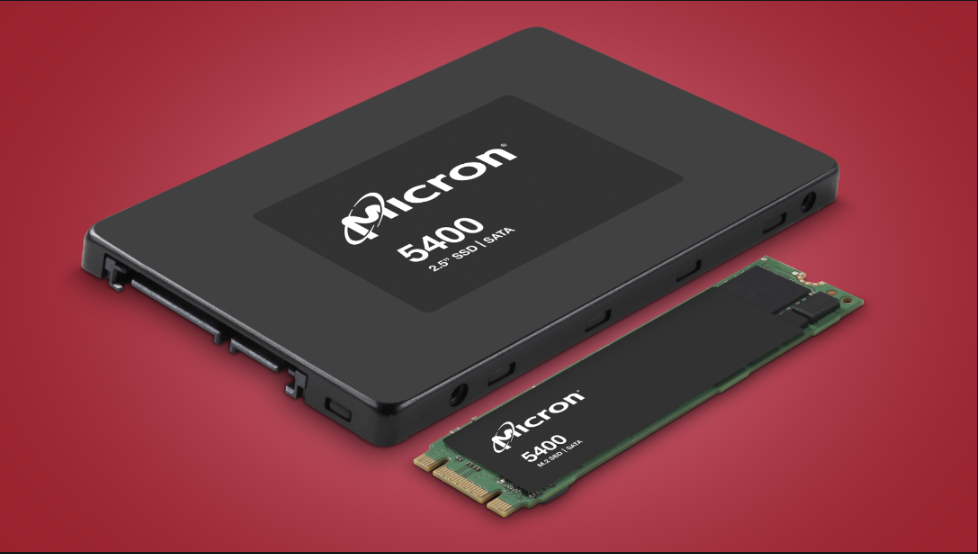Micron has begun production of the first 232-layer NAND chip in sufficient volume to feed storage partners.
It is the first time that a NAND manufacturer has cracked the 200-layer, with the previous top chip, a 176-layer model, last unveiled back in November 2020, a near-32% improvement (or 56 extra layers) in less than two years. Other layer count landmarks included 64, 96 and 128-layer products.
The new chip is physically smaller than the previous generation and has the highest areal density of any silicon-based storage component. This means that the new technology will foster the launch of even smaller products and enable larger capacity ones, including in SSD and microSD cards. Currently the world’s largest SSD is a 3.5-inch 100TB model from Nimbus Data, one which is using a 64-layer MLC chip.
200TB SSDs on the horizon
Two years ago, during an interview with TechRadar Pro, Micron CEO Thomas Isakovich suggested that much higher capacities (200TB and 400TB) could be reached by 2023 “depending on the timing of NAND density gains”.
With Micron’s new launch, the time may have come for another capacity jump. Micron didn’t confirm what manufacturing technology was used to etch the TLC chip but did add that the chip has the highest I/O speed across the entire market at 2.4GBps, which is 50% faster than the previous generation.
Another innovation brought about by Micron is the use of NV-LPDDR4 memory which significantly reduces the power required to transfer bits around, slashing it by almost a third, something that will help lower the overall power consumption of a system and could improve battery life.
Micron may have plans to launch high density QLC plans as well; this may help closing the price per capacity gap with hard disk drives even more, pushing them even closer to obsolescence, at least in the data center.





